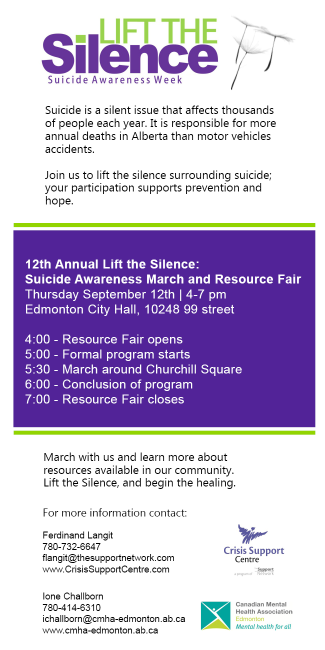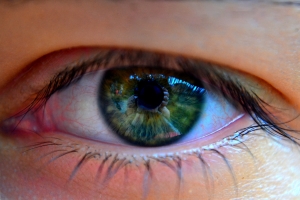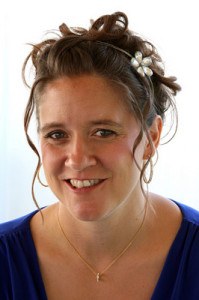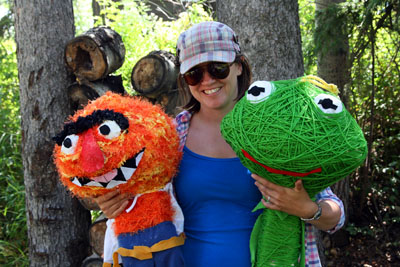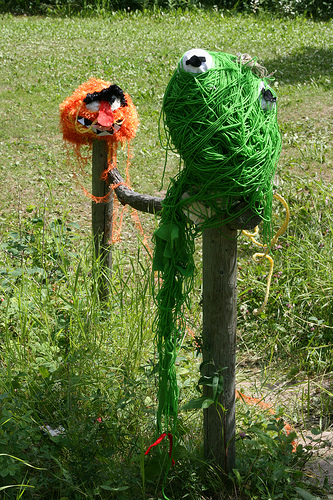 Most family violence in our society, movies, music and other media goes something like this: the man is intense and brawny, probably in a blue collar job wearing a white tank top and dirty blue jeans. Oh and he smokes. The female gets swept off her feet. She is more beauty than brains and is completely helpless to his pure masculine charms. In fact his controlling behaviour is seen as passionate and loving at first. If they have children, then they are dirty and unkempt, probably a lot like orphan Annie and Oliver Twist. The violence happens only during a fight. She probably did something to bring it on or it happened because he is the epitome of evil.
Most family violence in our society, movies, music and other media goes something like this: the man is intense and brawny, probably in a blue collar job wearing a white tank top and dirty blue jeans. Oh and he smokes. The female gets swept off her feet. She is more beauty than brains and is completely helpless to his pure masculine charms. In fact his controlling behaviour is seen as passionate and loving at first. If they have children, then they are dirty and unkempt, probably a lot like orphan Annie and Oliver Twist. The violence happens only during a fight. She probably did something to bring it on or it happened because he is the epitome of evil.
I believe as a society we like to treat family violence as some sort of caricature of reality. Offenders are often seen as one dimensional angry men. Victims are weak, defenseless women. This way it is easier to distance ourselves from the reality of family violence which from the outside is much harder to identify. Our ignorance helps us pretend that it won’t happen to us or the people we love. We are, after all, smart well adjusted people that are capable of deep, complex emotions not like the victims I described earlier. If family violence were to affect us we would take action to stop it. Or so we like to believe of ourselves. The reality is that we often are unaware of it or choose to ignore it.
The real face of family violence is the face of your neighbour, or your child’s friend at school. It is the older lady that you see in the grocery store and sometimes the high school jock. I know many of you won’t believe me but the successful, confident professional woman you see at your doctor’s office is as likely to be a victim as the house wife around the corner. The guy who coaches your son’s hockey team could just as easily be the victim as his wife. The A student is as likely to be a victim as the drop out. Family violence does not discriminate even though we often believe that it does.
How do I know this? I know this from years of working with it. As a therapist, crisis worker and most recently by serving on the Board of Stop Abuse in Families, an organization that strives to end family violence by supporting families. Statistics are available but they may underestimate the scope of the problem as many people are ashamed to admit that it is part of their lives. People who live with the reality of family violence are not weak or pathetic. They often stay because of love, or at least what they think is love. Violence, whether it be controlling behaviour, verbal put downs or physical and emotional assaults often is intermixed with closeness, attraction, connection as well as emotional and financial dependance. That is what makes it so complicated.
Many people ask why victims don’t leave. After all, wouldn’t you? How can you leave your child’s home if you are a senior living on a fixed income or have health trouble? How can you leave your spouse if you know that may mean losing your children? I wish I could answer these questions but I can’t. The answers are unique to everyone. I do know that their reasons are not mine to judge. Their situations are far more complex than I could possibly understand without some pretty long conversations. Minimizing their choices and telling them what to do is pretty abusive if you ask me. They don’t need anyone else pushing them around.
If you or someone you know suffers from emotional, financial or physical abuse, know that there is help out there and people that understand. In the Edmonton area you can call SAIF Society or the Crisis Support Centre.
November is Family Violence Prevention Month. Share this article or these links with your family and friends. In order to stop the abuse we first need to start talking about it.




